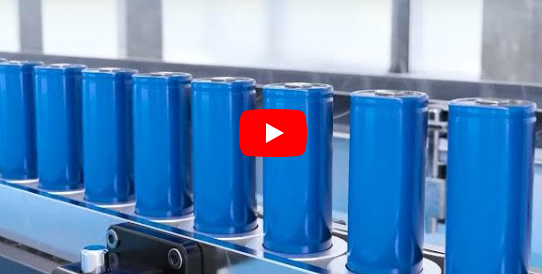Sodium-salt batteries and lithium-ion batteries are both types of rechargeable batteries, but they have some key differences in their characteristics. Here are some of the main differences between the two:
Energy Density: Lithium-ion batteries generally have a higher energy density than sodium-salt batteries, meaning they can store more energy per unit of weight or volume.
Cost: Sodium-salt batteries are typically less expensive to produce than lithium-ion batteries, since sodium is more abundant and less expensive than lithium.
Safety: Sodium-salt batteries are generally considered to be safer than lithium-ion batteries, since they are less prone to overheating and catching fire. However, they still require proper handling and safety precautions.
Cycle Life: Lithium-ion batteries generally have a longer cycle life than sodium-salt batteries, meaning they can be charged and discharged more times before their capacity starts to degrade.
Performance at Low Temperatures: Sodium-salt batteries perform better at low temperatures than lithium-ion batteries, which can experience reduced capacity and performance in cold environments.
Overall, sodium-salt batteries may be a promising alternative to lithium-ion batteries for certain applications, especially where cost and safety are primary concerns. However, lithium-ion batteries are still widely used due to their higher energy density and longer cycle life.
 LiPo Batteries and Sustainability: Navigating Environmental Impact
LiPo Batteries and Sustainability: Navigating Environmental Impact
 From Concept to Market: The Manufacturing Process of LiPo (Lithium Polymer) Batteries
From Concept to Market: The Manufacturing Process of LiPo (Lithium Polymer) Batteries
 LiPo Batteries and Sustainability: Navigating Environmental Impact
LiPo Batteries and Sustainability: Navigating Environmental Impact
 Exploring the Advantages and Applications of Lithium Iron Phosphate Batteries
Exploring the Advantages and Applications of Lithium Iron Phosphate Batteries